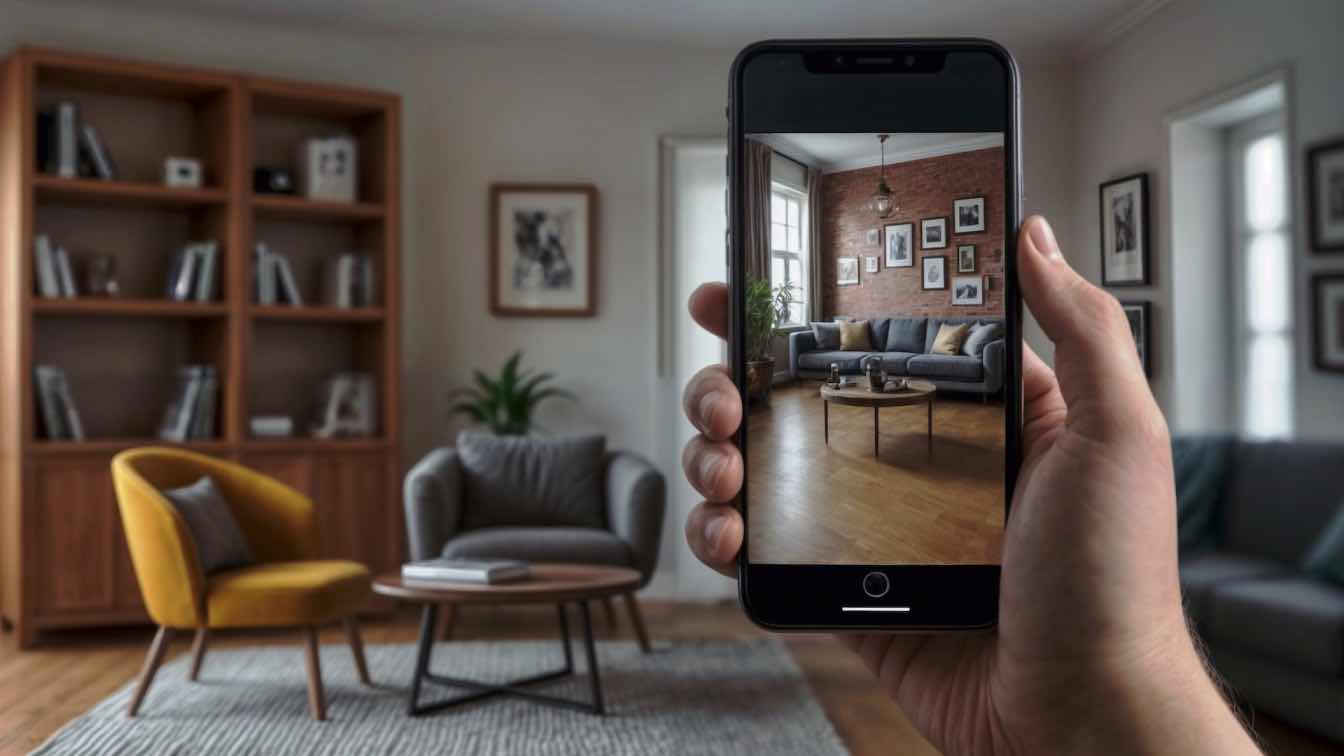Imagine having a super-smart assistant by your side, one that doesn’t just follow your instructions but thinks ahead, solves problems, and offers suggestions tailored to your needs. That’s precisely what artificial intelligence (AI) is bringing to the table in the world of interior design. Traditionally, interior design was a meticulous, time-consuming process involving countless hours of planning, sketching, and revising. But now, AI is stepping in to streamline these tasks, making the entire process faster, more efficient, and a lot more creative.
What Is Artificial Intelligence (AI)?
At its core, AI is like a brainy helper that mimics human intelligence to solve problems and make decisions. Specifically, an AI interior designer is analyzing patterns, studying preferences, and keeping up with the latest trends to help designers make smarter, more informed choices. Picture this: you’re working on a new design project. Instead of sifting through endless options for materials, layouts, and color schemes, an AI interior designer can do it for you—quickly sorting through tons of information and offering insights that would have taken you days to figure out. From generating fresh design ideas to optimizing space and even predicting future trends, AI is becoming an indispensable tool in the designer’s toolkit.
5 Ways AI Interior Design is Transforming Architectural Projects
Architects, interior designers, real estate developers, homeowners, construction companies, and technology enthusiasts can leverage AI interior design. This technology helps enhance creativity, streamline processes, improve property appeal, make informed design decisions, and innovate within the field. By integrating AI, they can achieve more efficient, personalized, and effective outcomes in their projects. Here's how AI interior design transforms architectural projects.

1. Enhanced Design Accuracy and Precision
Designing a space isn’t just about making things look good; it’s about getting the details right. In architecture, even the smallest error in measurement can lead to big problems down the line. However, with AI-driven design software, those risks are minimized. These tools handle complex calculations and spatial analyses with pinpoint accuracy, ensuring that every aspect of the design is spot-on. Whether you’re experimenting with different layouts, choosing materials, or playing with lighting options, AI gives you the confidence that everything will fit and function perfectly without the worry of costly revisions.
2. Personalized Design Solutions
One of the coolest things about AI in interior design is its ability to offer truly personalized solutions. Imagine a design that feels like it was made just for you—because, in a way, it was. AI can analyze data about your lifestyle, aesthetic preferences, and social media activity to suggest design elements that resonate with your personality. Whether you’re into sleek modern lines, cozy rustic touches, or something in between, AI can help create spaces that feel uniquely yours. This level of personalization not only makes clients happier but also allows designers to craft spaces that are one-of-a-kind.
3. Sustainability and Eco-Friendly Design
AI is helping designers make eco-friendly choices that don’t sacrifice style. AI can assess energy consumption, material sustainability, and environmental impact, offering recommendations that reduce a project’s ecological footprint. Whether it’s selecting energy-efficient lighting, choosing sustainable building materials, or optimizing natural light in a space, AI-driven tools make it easier than ever to design with the planet in mind.
4. Time and Cost Efficiency
Let’s face it—designing a space can be a lengthy process. But with AI, that timeline gets a lot shorter. These tools automate many of the tasks that usually take up a lot of time, like generating multiple design options or creating 3D visualizations. Clients can quickly see different concepts and choose their favorite without the need for endless back-and-forth. This efficiency doesn’t just save time; it saves money too. Quicker turnaround times mean lower labor costs and fewer chances for costly mistakes. Everyone wins.
5. Integration with Smart Technologies
As our homes get smarter, it only makes sense for interior design to evolve alongside them. AI is playing a big role in this integration, helping to ensure that smart devices aren’t just functional but are seamlessly incorporated into the overall design. From smart thermostats to automated lighting systems, AI can optimize your space to work in harmony with these technologies, creating homes that are as beautiful as they are intelligent.
Conclusion
AI is changing the game in interior design, transforming how architectural projects are conceived and brought to life. In the journey from concept to reality, AI is proving to be an invaluable partner, helping designers create spaces that are functional, beautiful, and perfectly tailored to the way we live, work, and play.





